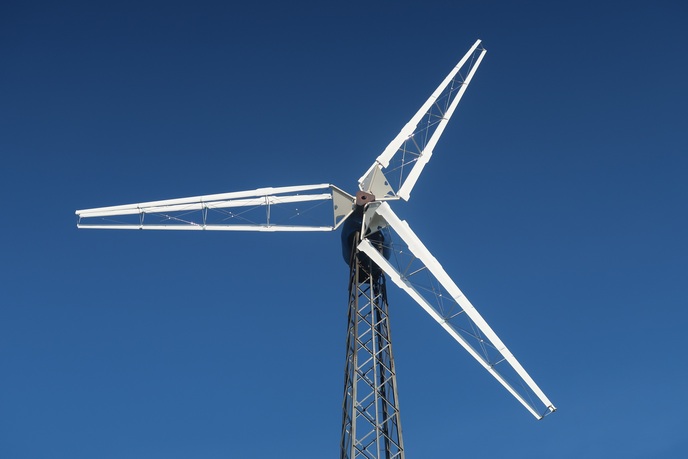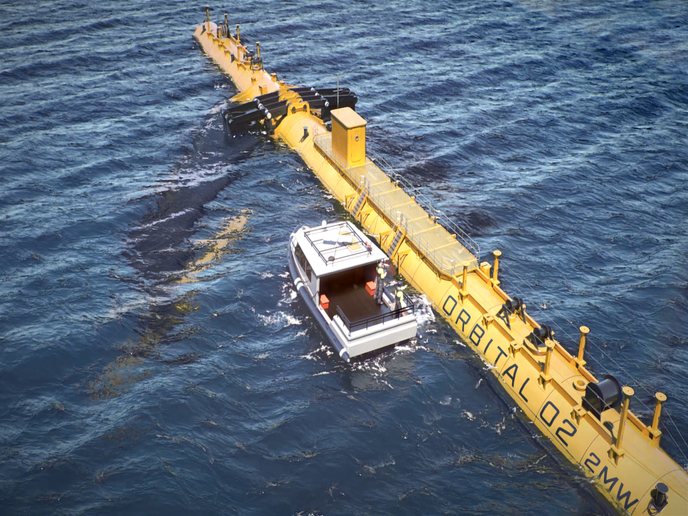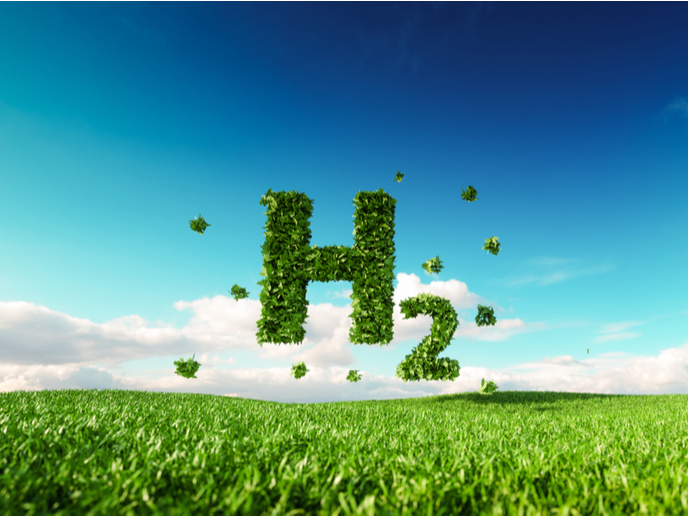Hydrogen from improved fuel cells coupled with renewables
Meeting the world’s energy demand in a sustainable way that minimises both dependence on the volatile fossil fuel market and its associated emissions is one of the key challenges of the 21st century. However, in order to make the most effective use of the overcapacities in electricity production from RES to electrolyse water and produce high-purity hydrogen, challenges in cost, performance, stability and efficiency of the ‘Polymer electrolyte membrane’ (PEM) fuel cells must be addressed. The EU-funded project ELECTROHYPEM (Enhanced performance and cost-effective materials for long-term operation of PEM water electrolysers coupled to renewable power sources) was established to support widespread residential applications and a decentralised hydrogen production infrastructure. The initiative focused on low-cost electrocatalysts, low-noble-metal-loading electrodes and robust membrane development. Polymer electrolytes developed by project partners included novel reinforced short-side chain chemically stabilised perfluorosulphonate ionomers and sulphonated hydrocarbon membranes, as well as their composites with organic fillers. The objectives for these membranes were high ion conductivity, wide operating temperature range (up to 150 °C), and better resistance than conventional membranes. They also included reduced mechanical degradation under high pressure operation. Low noble-metal loading nanosized mixed-oxides ‘Oxygen evolution reaction’ (OER) and supported ‘Hydrogen evolution reaction’ (HER ) electrocatalysts were also developed together with novel non-precious oxygen evolution electrocatalysts. Large area ‘membrane-electrode assemblies’ (MEAs) based on these components were validated in PEM electrolyser prototypes. The stack was integrated in a system and assessed in terms of durability under steady-state operating conditions as well as in the presence of current profiles simulating intermittent conditions. ELECTROHYPEM addressed all the current barriers to widespread commercial use of systems coupling RES to water electrolysis for hydrogen production. The novel membranes and electrocatalysts will significantly enhance performance and durability while decreasing costs.
Keywords
Renewable energy sources, electrolysis, hydrogen, polymer electrolyte membrane fuel cells, ELECTROHYPEM, electrocatalysts, perfluorosulphonate ionomers, sulphonated hydrocarbon membranes, membrane-electrode assemblies







